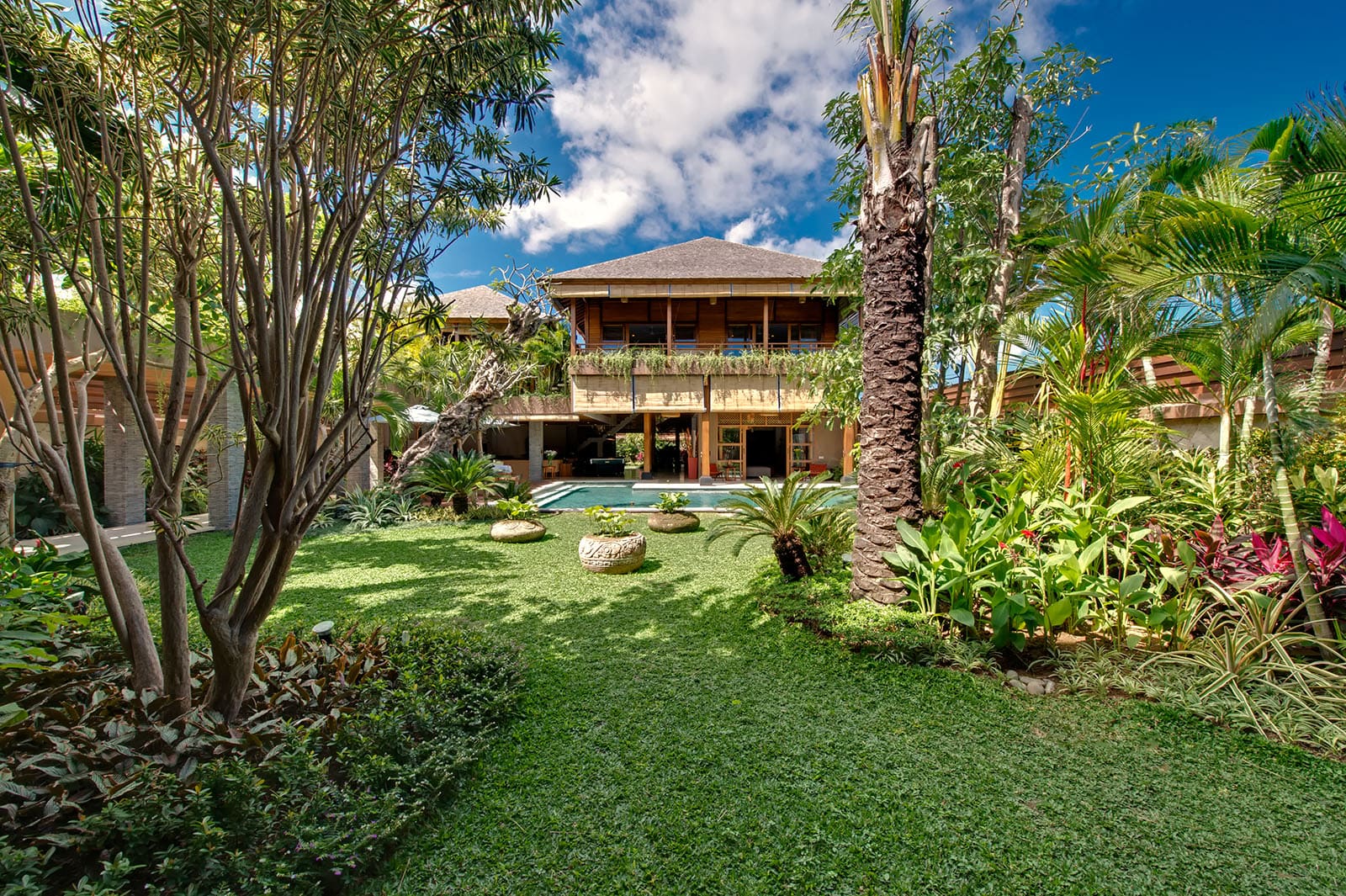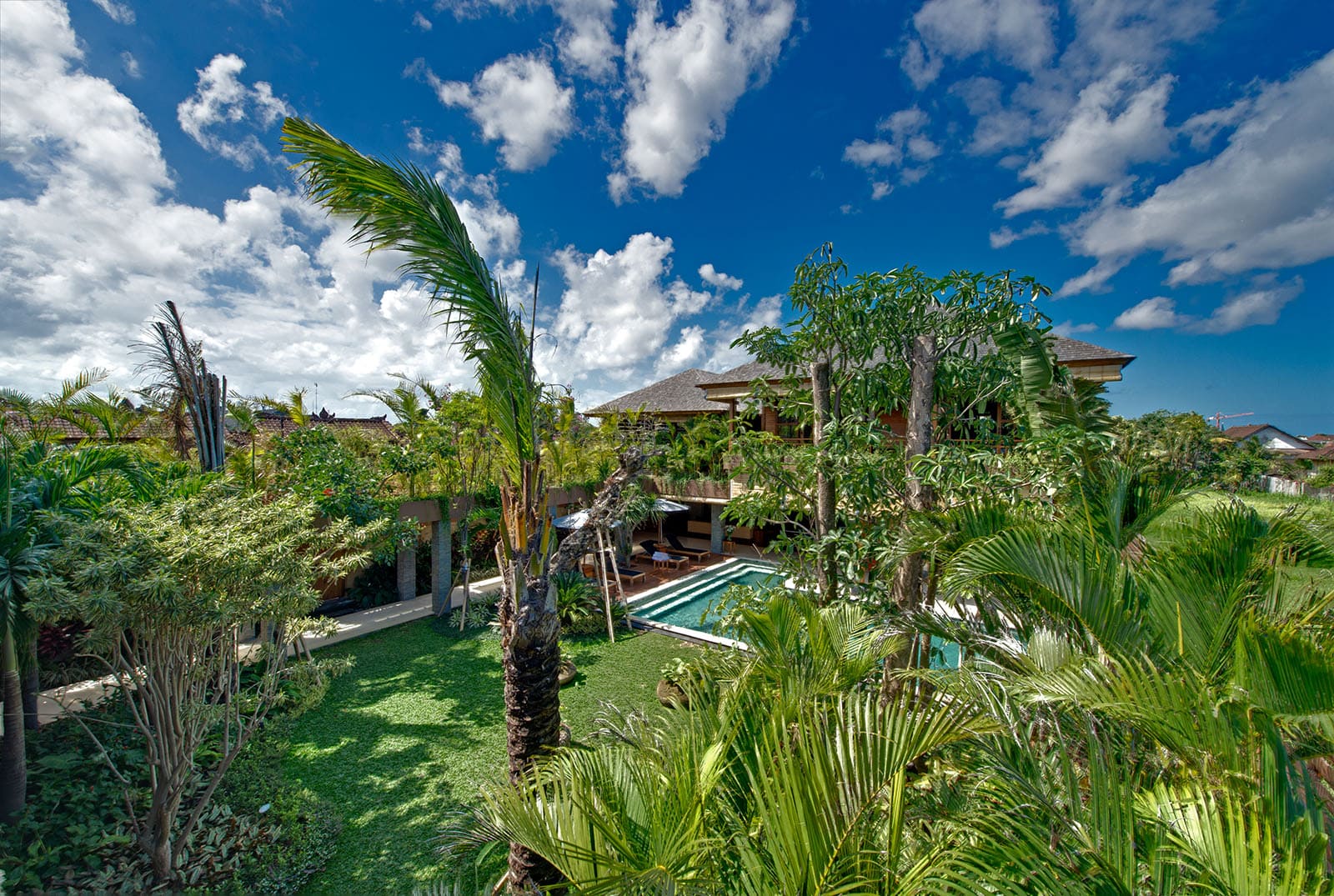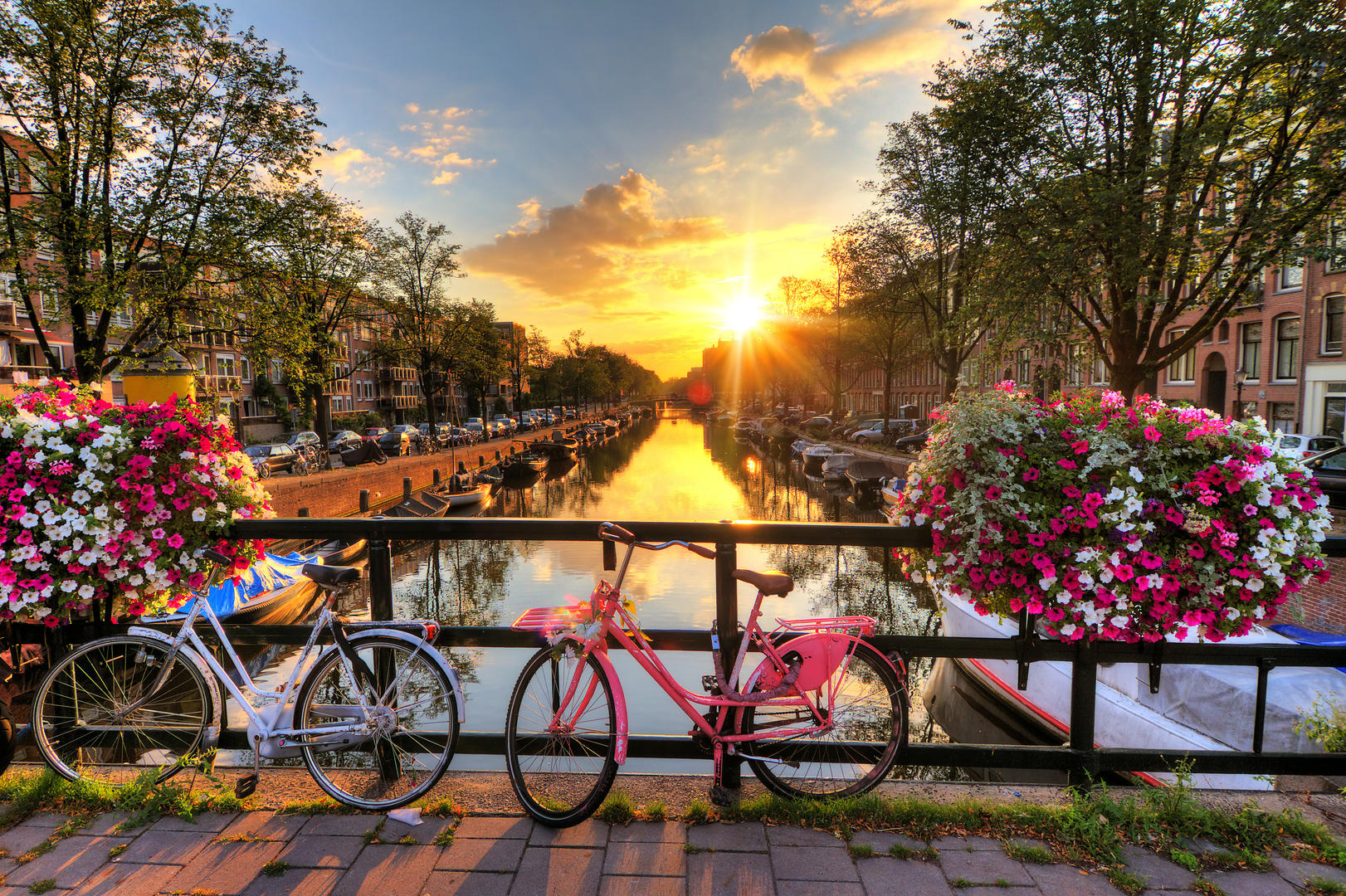Why Seminyak Is Still Bali’s Best Base for Villa Lovers in 2025
Seminyak has been on Bali itineraries for years, but it’s still one of the best places to base yourself if you love villa life, good food and easy beach access. If you’re wondering whether it’s “too busy now” or still worth it, this guide is for you.
Beach, dining and nightlife in one place
Seminyak is one of the few spots in Bali where you can wake up in a private pool villa, stroll to the beach, and decide between warungs, cafes or beach clubs without needing a driver.
The coastline around Seminyak Beach, Double Six and Petitenget is lined with sunset bars, beanbag setups on the sand and rooftop lounges. Inland, streets like Jalan Kayu Aya and Petitenget are packed with boutiques, spas and restaurants ranging from healthy brunch spots to high-end fine dining.
For Bali villa guests, this mix is ideal: you can barbecue at home one night, then wander out for cocktails and tapas the next, without turning every evening into a logistics exercise.

Walkable neighbourhoods and easy day trips
Compared to more spread-out areas like Canggu or Uluwatu, Seminyak is relatively compact. If you pick the right lane, you can:
-
Walk to the beach in under 10 minutes
-
Reach cafes and shops without dodging motorbikes on a highway
-
Grab taxis or ride-shares easily for day trips
From Seminyak, it’s straightforward to do day tours to Ubud, waterfalls or temple sites, then come “home” to your villa and a dip in the pool. Many travellers use Seminyak as a base for their first Bali trip for exactly this reason: it offers a bit of everything without feeling overwhelming.
For up-to-date ideas on what to do nearby, you can also check a detailed Seminyak travel guide that covers beaches, nightlife and local tips. Bali Holiday Secrets

Where to stay: a villa made for groups
If you’re travelling as a group, a well-located villa makes all the difference. You want:
-
Bedrooms that give everyone privacy
-
Plenty of shared space for lazy mornings and pre-dinner drinks
-
A quiet lane, but not miles from the action
Villa Kinaree Estate ticks those boxes. The estate combines two villas into a flexible 7–10 bedroom setup with two pools, generous living areas and a full team of staff, all in central Seminyak. It sits on a peaceful lane, but you’re still close to restaurants, shopping and the beach.
If you love the idea of villa life but still want easy access to Bali’s most popular restaurants and bars, Seminyak remains one of the smartest bases you can choose.
5 Simple Ways to Make Any Short Break Feel Like a Real Holiday
Not every trip can be a three-week adventure, but even a quick weekend away can feel like a proper reset if you plan it right. Here are five easy ideas to make a short break feel longer, calmer and more memorable.
1. Choose one “anchor” activity per day
The biggest mistake on short trips is trying to do everything. Instead of a long checklist, pick one main activity per day and let everything else be a bonus.
On a city break, that might be a single museum, a historic walking tour or a food market you really want to visit. On a countryside or coastal trip, it could be a hike, a bike ride or a beach you want to explore properly. Keeping it to one main thing gives you space for slow breakfasts, spontaneous coffee stops and lazy evenings instead of clock-watching.
If you like having inspiration in one place, check a broad planning resource such as Lonely Planet or your destination’s official tourism site for a list of “signature” experiences, then narrow down from there.

2. Spend a bit more time choosing where you stay
On a short break, where you stay matters more than usual because you don’t have many days to “grow into” the area. A place that’s a 40-minute bus ride from everything you want to see will chip away at your time and energy.
When you’re browsing hotels, apartments or cottages, look for:
-
Walking distance to at least some food, coffee or evening options
-
Easy transport back to the station or airport
-
A layout that suits how you travel (desk space if you’re working, a balcony if you love mornings outside, a living area if you’re with friends or family)
Reading a couple of recent reviews on an independent site can help you catch recurring issues like traffic noise or tricky check-in, so there are fewer surprises when you arrive.

3. Plan your first evening and your last morning
The bookends of a trip shape how you remember it. A chaotic first night or a stressful last morning can colour the whole experience, even if the middle was great.
Before you leave home, decide two things:
-
Arrival routine: How will you get from the station or airport to your accommodation? Where will you eat that first night? Keep it simple – maybe a nearby bistro, pub or street-food spot you’ve already looked up.
-
Departure routine: What time do you need to leave, and what can you realistically fit in that morning? A slow breakfast, a short walk or a quick visit to a viewpoint is often better than a rushed attempt to squeeze in one more attraction.
By planning just these two edges, you remove a lot of low-level worry and free up headspace to enjoy everything in between.
4. Build tiny rituals into the trip
Even a short break can feel richer if you add small, repeatable rituals. They don’t need to be fancy:
-
The same coffee spot each morning
-
A pre-dinner walk, even if it’s just around the block
-
A nightly card game, journal session or shared dessert
Rituals give your trip a rhythm and help it feel like more than just “two fast nights away.” When you look back, those repeated moments are often what you remember most clearly.

5. Protect some “do nothing” time
It’s tempting to cram every hour because “we’re only here for a few days.” But what most of us actually need from a break is space to switch off.
Block out at least one chunk of time — an afternoon or evening — where you deliberately plan to do very little: read, nap, sit in a park, hang by the pool, or just wander with no agenda. Treat that time as important, not as “wasted.”
Paradoxically, giving yourself permission to do nothing for a while often makes a short trip feel longer and more satisfying, because your brain finally gets the signal: this is a real break.
How to Choose the Right Place to Stay for Different Types of Trips
Picking accommodation isn’t just about scrolling until you see a nice pool. The “right” place depends hugely on why you’re travelling and who you’re with. Here’s a simple way to choose better stays for different styles of trip.
1. City weekends: walkability and noise levels
For quick city breaks, location is everything. Being within walking distance of a few key neighbourhoods often matters more than having the biggest room.
Look for areas that are lively but not chaotic at night, and pay attention to how reviewers talk about noise. A charming old building can be wonderful… until you realise the bar downstairs goes until 2am and the windows are single-glazed.
Check a map before you book: can you easily walk to at least one set of restaurants or cafés? Is there public transport nearby for the sights that are further out? A smaller room in the right area usually beats a huge room in the wrong one.

2. Group and family trips: shared space over fancy extras
When you’re travelling with friends or family, what you really need is space to be together. That might mean:
-
A living room where people can lounge without perching on beds
-
A dining table big enough for everyone
-
Outdoor space where kids can play while adults talk
Hotel rooms can work, but for longer stays it’s often worth looking at apartments, cottages or whole-home rentals that give you proper common areas. Make sure the bedroom setup matches your group – separate beds for friends travelling together, a quiet room for anyone who goes to bed early, and ideally a bathroom ratio that doesn’t cause queues.
Reviews that mention “great for families” or “worked perfectly for a group of friends” are a good sign that the layout actually functions in the real world, not just in photos.

3. Work trips and working holidays: comfort, light and Wi-Fi
If you’re planning to work on the road, treat your accommodation search a bit like choosing a temporary office.
When you read a listing, actively look for:
-
A decent chair and table that can double as a workspace
-
Natural light in the room where you’ll be working
-
Reliable Wi-Fi mentioned in recent reviews
It’s also worth checking whether there are cafés or co-working spaces nearby if you know you like a change of scene. For longer “work from anywhere” stays, consider places with laundry facilities and a small kitchen – not glamorous, but they make life much easier after the first week.
Matching your stay to your style of trip won’t magically fix delayed flights or rainy days, but it will make everyday moments on the road feel smoother, calmer and much more like the break you’ve been hoping for.
